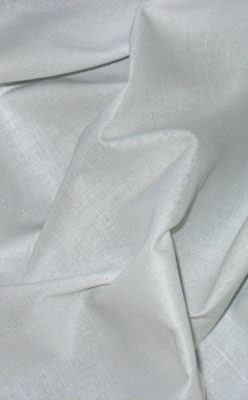This year we're reading several "homesteading" books, in place of watching movies where plants are the stars. These books tie into this year's "homesteading in the city" theme, and celebrate how resourceful and innovative people are, whether they are living off the land, pioneering something new, or choosing an alternative way to live. Plants may not be the stars in these books, but I'm pretty they're in the background!
This time our book is Tisha, As Told to Robert Specht (Bantam Books, New York 1984). In 1927, nineteen year old Anne Hobbs travels from Eagle to Chicken, Alaska via a pack train in the last run of the season. Anne had been hired as a teacher in Chicken. Jack Strong has the contract to deliver mail and supplies to Chicken, and delivers Anne along with everything else. Anne goes to work preparing her one-room schoolhouse for the school year, and getting to know the residents of the small mining community.
Social life revolves around Mr. Strong's general store, Friday night dances at Maggie's Roadhouse, and events at the schoolhouse. During the year Anne adopts two orphaned indigenous children, Chuck and Ethyl, and develops strong feelings for a young native man, Fred Purdy. Both rile up community sentiments against her. Anne stubbornly faces their racism and the harsh conditions of the subarctic climate. When Mr. Vaughn kidnaps the two children to take them to Indian Village, Fred and Anne head out by dog sled to stop him, and end up facing an unexpected challenge to rescue a couple and their baby who have fallen through the ice.
I read this book during the pandemic, and enjoyed it completely. Anne is an intriguing person, and her story is engaging and compelling. My family and I traveled in Fortymile Country on a camping trip back in the 1970s, and we visited both Eagle and Chicken. It was late summer, with the trees all leafed out and the sun shining through them. As I recall, my folks had coffee with one of the residents in Chicken and came away with some produce from their garden and several paperback mysteries. The setting was lovely, and it was hard to imagine the contrast of the subarctic winter to come. I recommend this book for anyone interested in a young school teacher's experience in interior Alaska a hundred years ago.
Learn more:
- Anne Hobbs Purdy, by DM Shepard, August 12, 2019. Blog includes photos of Chicken, Alaska, including the school house, Anne's personal living quarters, Jack Strong's warehouse, Maggie's Roadhouse, and other original structures.














